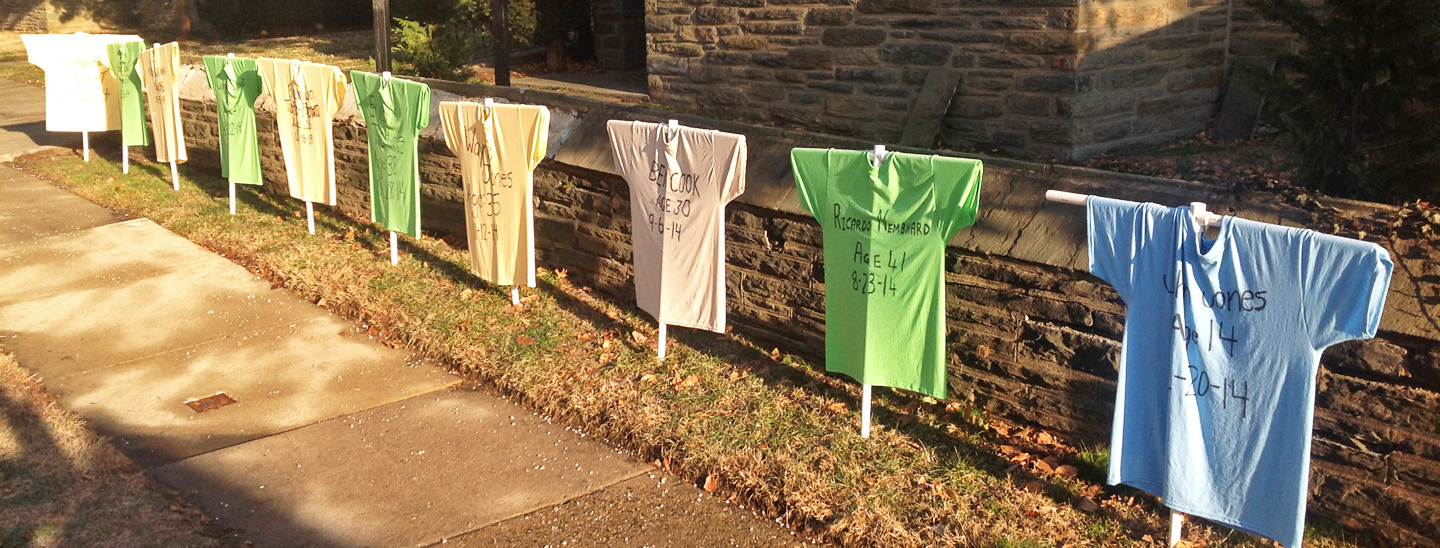Youth violence involving guns is a national problem that deserves greater attention and study, a team of national experts in violence says in a new paper published in American Psychologist.
The paper expands upon an advisory report by a panel of researchers brought together by the National Science Foundation following the killing of 20 children and seven adults in Newtown, Conn., in December 2012 by a 20-year-old attacker. The mass shooting focused national attention on the problem of youth victims and perpetrators of gun violence.
“Gun violence in the United States is far higher than in any other high-income country,” wrote the group of a dozen experts, which considered the two major forms of gun violence involving young people in the United States, school shootings and street shootings, in the paper “Youth Violence: What We Know and What We Need to Know.”
While more gun deaths in the United States are the result of suicide, more gun deaths among young people, those ages 12 to 24, result from homicide. The use of firearms accounts for about 80 percent of homicides among those 12 to 24.
About as many young people are killed because of firearms as are killed in motor vehicle crashes, if one includes passengers as well as drivers. Although the rate of motor vehicle deaths is declining, the rate of gun violence remains stubbornly high.
“We need to understand the problem of gun violence involving young people and do more to prevent it,” said Dan Romer, research director of the Annenberg Public Policy Center of the University of Pennsylvania, and one of the members of the panel who wrote the paper. “While we have been quite successful in reducing deaths and injuries due to motor vehicles, our attention to gun violence is sorely lacking.”
The report contrasts school shooting rampages, which are rare but highly publicized, with street violence, which is much more common. These two types of shootings have different contexts, causes, and potential solutions. School shootings are relatively rare, tend to occur in suburbs or small rural towns, and are usually committed by middle-class white males who acquire their guns legally or from family. Street shootings are far more prevalent and usually occur in poor, urban neighborhoods with guns that are often obtained illegally by youths.
The causes of violence are complex and require multi-pronged solutions. Romer and the other authors of the review argue that violence cannot be explained or prevented by simply looking at one or two factors.

Prevention of street shootings will require programs that intervene to prevent poor young urban males from leaving school and becoming involved in illicit activity. One such program, tested in Chicago by University of Pennsylvania researcher Sara Heller, an assistant professor of criminology, combined mentoring with a summer jobs program. The program reduced violent-crime arrests by 43 percent over a 16-month follow-up period, as compared with a control group of individuals who were not in the jobs program.
Youth street shootings are heavily concentrated in high-poverty urban areas. According to the National Crime Victimization Survey, both white and black residents of those areas experience firearm violence at about the same rate.
“The fact that more black youth live in poverty than white youth likely accounts for the higher rate of firearm victimization among black youth,” Romer noted. “Suicide, on the other hand, occurs more frequently in less poor, non-urban environments with higher proportions of white youth. We thus see a greater rate of firearm suicides among white youth.”
Prevention of suicide also has implications for school shootings, because many youth involved in those shooting are suicidal. Nevertheless, keeping guns out of the hands of youth with either suicidal or homicidal intentions is a critical goal of prevention programs.
Other strategies for preventing the use of firearms in youth noted by the panel included:
- Improving self-control and social competence in children from a young age;
- Reducing repeated exposure to violent media;
- Improving school climates and reducing dropouts;
- Potentially using data mining to search and analyze online data to predict and prevent youth violence.
The paper also covers what can be done in the aftermath of street and school shootings, to prevent further violence and improve mental health, and suggests areas needing further research.
Click here to download the article from American Psychologist.

